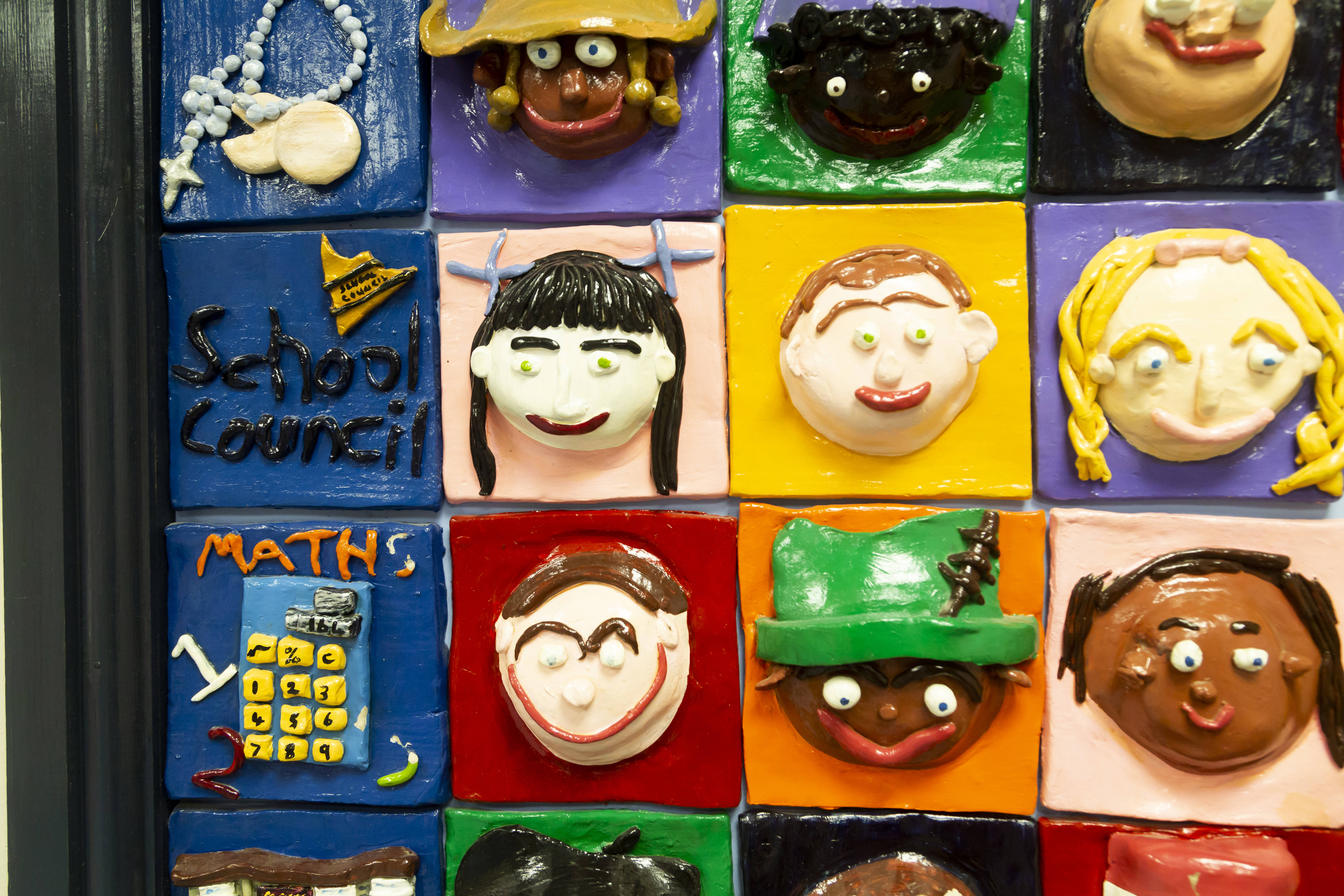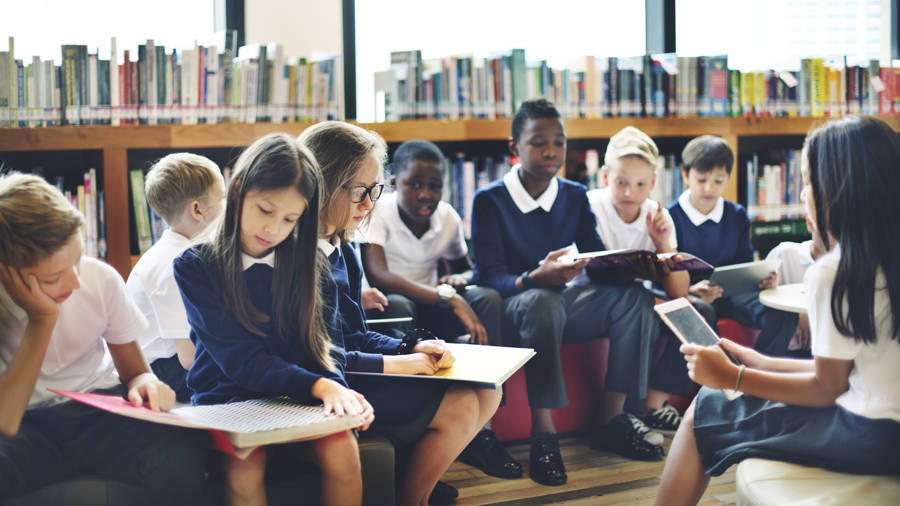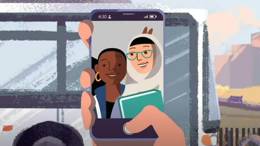Refugee and asylum seeker children
Children and families migrate for many different reasons. For some it is a choice, for some it may be for economic reasons, and others may have been forced from their home countries as a result of abuse, war, famine, political or religious persecution, torture or other reasons.

This page focuses largely on children and young people who have been forced to leave their home countries – those who are refugees and asylum seekers.
Children and young people who are refugees and asylum seekers will rarely have had a choice about leaving their homes, and this may lead to mixed feelings and broken attachments with friends and family left behind and to the place they knew as home.
These children and young people may have had very different life experiences and standards of living before they left their homeland – particularly their exposure to traumatic events or to traumatic transit from one country to another.
Their experiences after arrival will also be different depending on the stability of their circumstances, which can include their socio-economic status, their exposure to bullying or victimisation, the extent to which family members are experiencing trauma related symptoms, their support network and acceptance within their new community. It’s also important to note that some refugee children will have arrived in the UK alone with no family ties or support.


 Author
Author

 Author
Author